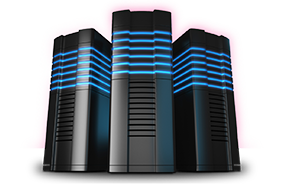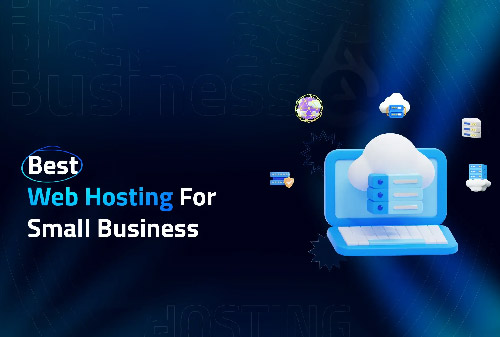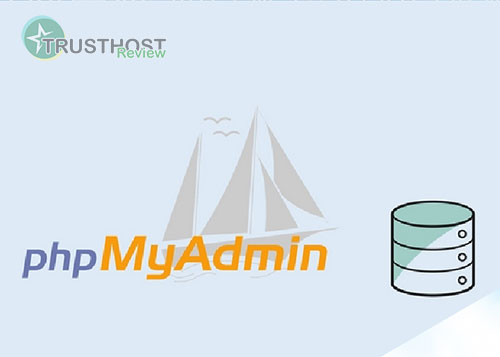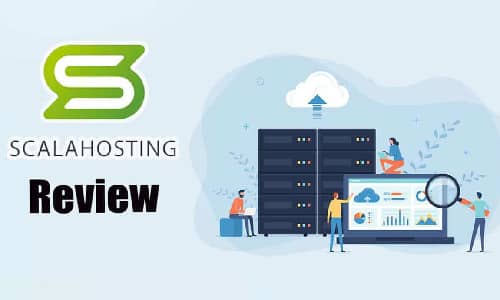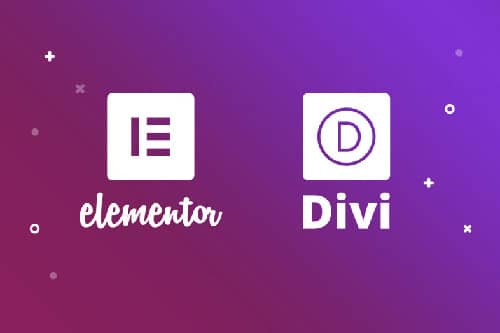5 Signs It's Time to Upgrade Your Hosting Plan
Choosing your first web hosting plan is an exciting step. It’s often an affordable shared hosting package that gets your online business off the ground. But just like a business outgrows its first office, your website will eventually outgrow its first digital home. Ignoring the warning signs can lead to lost traffic, frustrated customers, and a damaged reputation, which is why recognizing when to upgrade is one of the most critical infrastructure decisions you'll make.
Why Your Hosting Plan Matters More Than You Think
Think of your hosting plan as the foundation of your online presence. A shaky foundation can't support a growing structure. For website owners, developers, and small businesses, the right hosting directly impacts user experience, SEO rankings, and ultimately, your bottom line. A starter shared hosting plan is fantastic for its low cost, but it works by placing hundreds of websites on a single server, all competing for the same pool of resources (CPU, RAM, bandwidth). When your site—or a 'noisy neighbor' on the same server—starts demanding more, everyone suffers. Here are the five definitive signs that you've pushed your current plan to its limits.

1. Your Website is Consistently Slow
This is the most common and damaging symptom. In today's fast-paced digital world, patience is thin. According to Google, the probability of a user bouncing from your site increases by 32% as page load time goes from 1 to 3 seconds. Slow site speed doesn't just annoy visitors; it gets you penalized by search engines. Google's Core Web Vitals are now a significant ranking factor, and a slow Time to First Byte (TTFB)—a metric directly influenced by your server's responsiveness—can sink your SEO efforts.
How to check: Use free tools like Google PageSpeed Insights or GTmetrix to analyze your load times. If your server response time is consistently high (over 600ms), your hosting is likely the bottleneck.
The Cause: On a shared plan, a traffic spike on another website on your server can steal the resources your site needs to load quickly. You're at the mercy of the neighborhood. Upgrading to a VPS or Cloud plan provides dedicated resources, ensuring your site has the power it needs for fast website hosting, regardless of what others are doing.
2. You're Experiencing Frequent Downtime and Errors
Are your users reporting that your site is unavailable? Do you frequently see errors like '503 Service Unavailable' or '500 Internal Server Error'? These messages are red flags indicating your server is overwhelmed and cannot handle the requests being sent to it. This often happens when you exceed your plan's CPU or RAM limits.
Downtime is a business killer. It erodes trust and makes your brand look unprofessional. Even worse, if search engine crawlers repeatedly find your site down, they will lower your rankings, assuming it's unreliable. Every minute your site is offline is a minute you could be losing sales or leads.
How to track: Set up a free monitoring service like UptimeRobot. It will ping your website every few minutes and alert you immediately if it goes down. If your uptime percentage dips below 99.9%, it's a serious problem that warrants an upgrade.
3. Your Traffic is Growing (and Your Host is Complaining)
First off, congratulations! Growing traffic from a successful marketing campaign, a viral blog post, or steady SEO growth is a fantastic achievement. However, this success can be the very thing that breaks your shared hosting plan. Shared plans have strict resource usage policies. A sudden influx of visitors can cause you to hit your CPU or I/O limits, leading to your host throttling your site's performance or, in some cases, temporarily suspending your account to protect the server's stability.

If you're receiving emails from your hosting provider warning you about resource overages, don't ignore them. This is a clear signal that your business has become too big for its current environment. It's a good problem to have, but one that requires immediate action.
4. You Need Better Security and Control
As your business grows, so does your need for robust security. On a shared server, you're more vulnerable to cross-site contamination. If another website on your server is hacked due to a vulnerability, the infection could potentially spread and compromise your own site. While hosts have safeguards, the shared environment is inherently riskier.

Furthermore, shared hosting offers minimal control. You can't configure the server environment, install specific software, or implement advanced security measures like a dedicated firewall (WAF) or get a dedicated IP address, which can be important for e-commerce and email deliverability. If you're a developer who needs SSH access and the ability to manage your own stack, or a business handling sensitive customer data, the lack of security and control on a shared plan is a non-starter.
5. Your Business Needs Have Evolved
The website you launched a year ago might be very different from the one you're running today. Perhaps you've added new, resource-intensive features:
- E-commerce: An online store with WooCommerce or Magento requires significant resources, PCI compliance, and enhanced security that basic plans can't provide.
- Membership Site: Running a community or online courses means many users are logged in simultaneously, which is very demanding on the server's database and CPU.
- High-Quality Media: If you're hosting large video files, high-resolution image galleries, or running complex scripts, you'll quickly exhaust the limits of a shared plan.
- Need for Better Support: When your website is mission-critical, you can't afford to wait in a queue for basic support. Upgraded plans (especially Managed Hosting) come with expert, 24/7 support from specialists who can resolve complex issues quickly.
If your business model now relies on these advanced functionalities, your hosting infrastructure must evolve to support them. This is where finding the best hosting for small business becomes less about price and more about value and capability.
What's Next? A Quick Guide to Hosting Upgrades
If you've nodded along to two or more of these signs, it's time to upgrade. But to what? Here are the most common upgrade paths from shared hosting.
| Hosting Type | Best For | Key Benefit | Price Point |
|---|---|---|---|
| VPS Hosting | Growing businesses and developers needing more control. | Dedicated resources and root access without the cost of a dedicated server. | $$ (Affordable) |
| Cloud Hosting | Sites with fluctuating traffic; high-availability needs. | Ultimate scalability and reliability. Pay for what you use. | $$$ (Scalable) |
| Managed WordPress Hosting | Serious WordPress users, e-commerce, and businesses who want a hands-off solution. | Optimized performance, top-tier security, and expert support. | $$$ (Premium) |
| Dedicated Server | Large enterprises, high-traffic sites, and apps with extreme security needs. | Maximum power, control, and security. An entire server to yourself. | $$$$ (Enterprise) |
For most small businesses outgrowing a shared plan, a Managed VPS or Managed WordPress Hosting plan offers the best balance of performance, security, and ease of use, making it a fantastic and often surprisingly affordable hosting upgrade.
Don't Let Your Hosting Hold You Back
Your website is your most valuable digital asset. Investing in the right hosting foundation is not an expense; it's an investment in performance, security, and growth. By recognizing these five signs early, you can proactively upgrade your plan and ensure your website is ready to handle your success.
Which of these warning signs have you experienced? Share your story or ask a question in the comments below—let's help each other grow!

